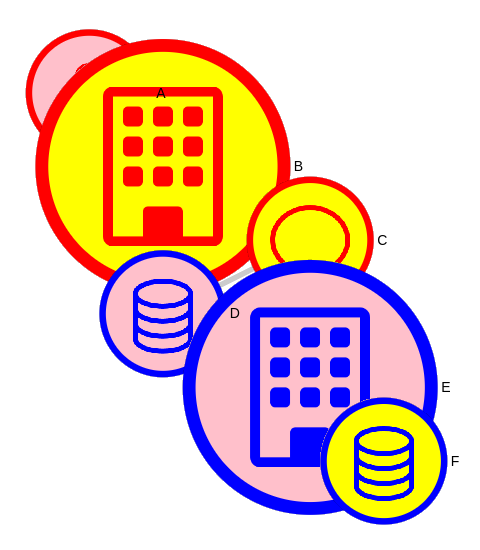@oda79 Thanks for that report!
I totally get this issue, and that's bad, and I have no idea how to solve it yet. Maybe something with z indexing, I'll try as soon as I can.
About collision layout in Graphology though, you can use graphology-layout-noverlap. It was not working properly with sigma.js before because we reinterpolated node sizes before, but since v3 you can use zoomToSizeRatioFunction and itemSizesReference (like in this example) to render sizes exactly as they are in the data, which allows graphology-layout-noverlap to work properly.
I hope this helps, until I find how to solve the initial problem.
 (
(
Combined (border+image) Program Node Rendering Issue
Description
When using a combined program (
node-imageandnode-border) for rendering nodes, overlapping nodes appear messy. The nodes' borders are rendered separately and on a different layer from their images, resulting in a 'transparent background effect' or incorrect clipping areas. This issue is critical for large graphs, as graphology lacks collision layout, leading to massive node overlap.Details
Steps to Reproduce
Expected Behavior
When nodes overlap, their borders should be clipped accordingly, similar to the node 'B' in the reference image below:
Actual Behavior
Nodes' borders are displayed regardless of the nodes' z-position, leading to visual artifacts and a cluttered appearance:
Additional Information
This issue becomes more noticeable and problematic for large graphs due to the lack of collision layout in Graphology, causing significant node overlap.